Geometric and Arithmetic Series Worksheet
Are you in search of a practical and comprehensive resource to help your students grasp the concepts of geometric and arithmetic series? Look no further, as our Geometric and Arithmetic Series Worksheet is here to provide the perfect balance of practice and theory. Designed specifically for educators and students in middle and high school, this worksheet aims to reinforce understanding of these mathematical entities and subjects in a clear and concise manner.
Table of Images 👆
More Other Worksheets
Kindergarten Worksheet My RoomSpanish Verb Worksheets
Cooking Vocabulary Worksheet
DNA Code Worksheet
Meiosis Worksheet Answer Key
Art Handouts and Worksheets
7 Elements of Art Worksheets
All Amendment Worksheet
Symmetry Art Worksheets
Daily Meal Planning Worksheet
What are the common differences between consecutive terms in an arithmetic series?
The common differences between consecutive terms in an arithmetic series are constant, meaning that each term is obtained by adding or subtracting the same value from the previous term. This constant difference, which is denoted by the term "d," helps to define an arithmetic sequence and is essential for determining the pattern of the series.
How can you find the nth term in a geometric series using the common ratio?
To find the nth term in a geometric series using the common ratio, you can use the formula for the nth term of a geometric sequence, which is given by \(a_n = a_1 \times r^{n-1}\), where \(a_n\) is the nth term, \(a_1\) is the first term, \(r\) is the common ratio, and \(n\) is the position of the term you want to find. Simply plug in the values of the first term, common ratio, and the position of the term you want to find to calculate the nth term.
What is the formula for finding the sum of the first n terms in an arithmetic series?
The formula for finding the sum of the first n terms in an arithmetic series is given by Sn = n/2 * [2a + (n-1)d], where Sn represents the sum of n terms, a is the first term of the series, n is the number of terms, and d is the common difference between consecutive terms.
How do you determine if a series is geometric or arithmetic?
To determine if a series is geometric or arithmetic, look for a common ratio between consecutive terms in the series. If the ratio between consecutive terms remains constant, then the series is geometric. If the terms in the series exhibit a constant difference between consecutive terms, then the series is arithmetic. Additionally, comparing the terms in the series to the formula for a geometric (a_n = a_1 * r^(n-1)) or arithmetic (a_n = a_1 + (n-1)*d) series can also help identify whether the series follows a geometric or arithmetic progression.
What is the formula for finding the sum of an infinite geometric series?
The formula for finding the sum of an infinite geometric series is S = a / (1 - r), where "S" represents the sum of the series, "a" represents the first term of the series, and "r" represents the common ratio between successive terms of the series.
Can the first term in an arithmetic series be negative? Why or why not?
Yes, the first term in an arithmetic series can be negative. In an arithmetic series, the sequence follows a constant difference between terms, so the sign of the first term does not affect the nature of the series. Negative values can still form a consistent pattern of a constant difference between terms, just as positive values can. Therefore, the first term in an arithmetic series can be negative without affecting the validity or structure of the series.
What is the relationship between the common ratio and the growth or decay pattern in a geometric series?
The common ratio in a geometric series determines whether the series grows or decays. If the common ratio is greater than 1, the series grows exponentially, while if the common ratio is between 0 and 1, the series decays exponentially. The magnitude of the common ratio also affects the rate of growth or decay in the series.
How does the sum of an arithmetic series change if you add a constant to each term?
If you add a constant to each term of an arithmetic series, the sum of the series will also increase by the same constant multiplied by the number of terms in the series. This is because the sum of an arithmetic series depends on both the common difference between terms and the number of terms, and adding a constant does not affect the common difference but only increases each term by the same amount, resulting in an overall increase in the sum.
What does it mean for a geometric series to be divergent? Give an example.
A geometric series is divergent if the common ratio between consecutive terms is greater than or equal to 1, causing the terms of the series to increase without bound as the number of terms approaches infinity. For example, the geometric series 2 + 4 + 8 + 16 + ... is divergent because the common ratio between consecutive terms (in this case, 2) is greater than 1, leading to the terms growing infinitely larger as more terms are added.
How can you determine the common ratio in a geometric series if you know any two consecutive terms?
To determine the common ratio in a geometric series when you know any two consecutive terms, you can simply divide the second term by the first term. The result of this division will give you the common ratio of the geometric series. This is because in a geometric series, each term is obtained by multiplying the previous term by the common ratio.
Have something to share?
Who is Worksheeto?
At Worksheeto, we are committed to delivering an extensive and varied portfolio of superior quality worksheets, designed to address the educational demands of students, educators, and parents.

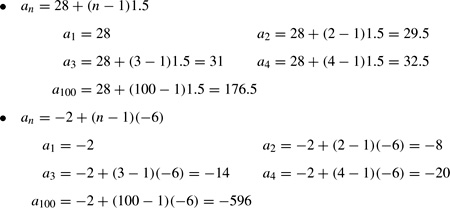




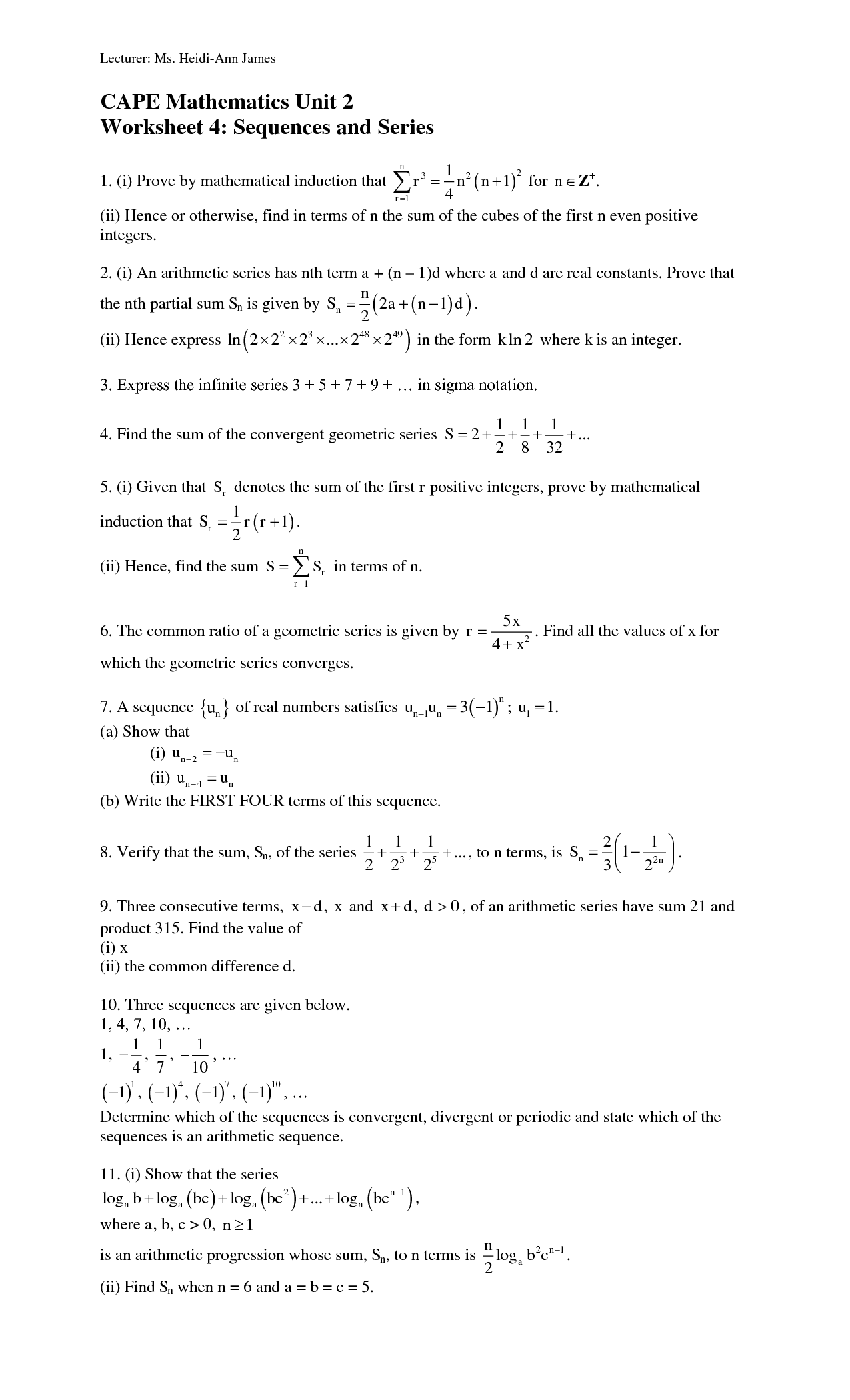
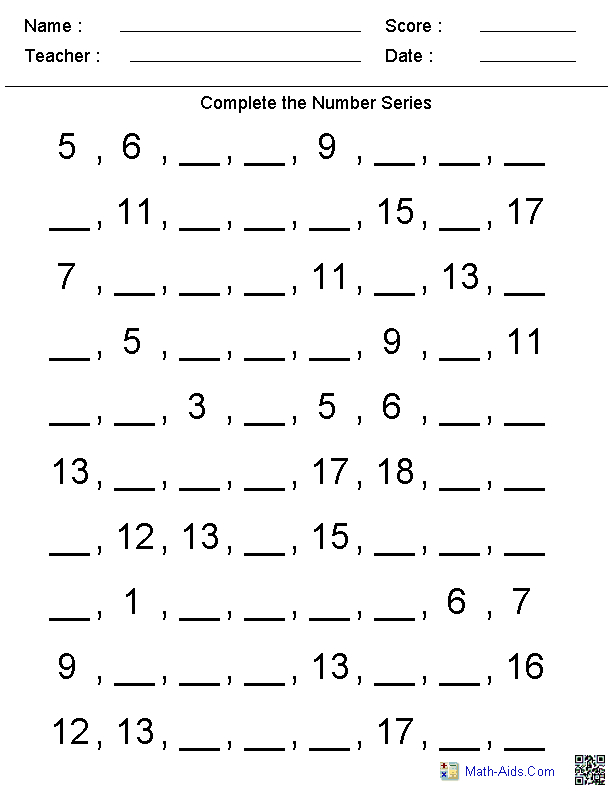
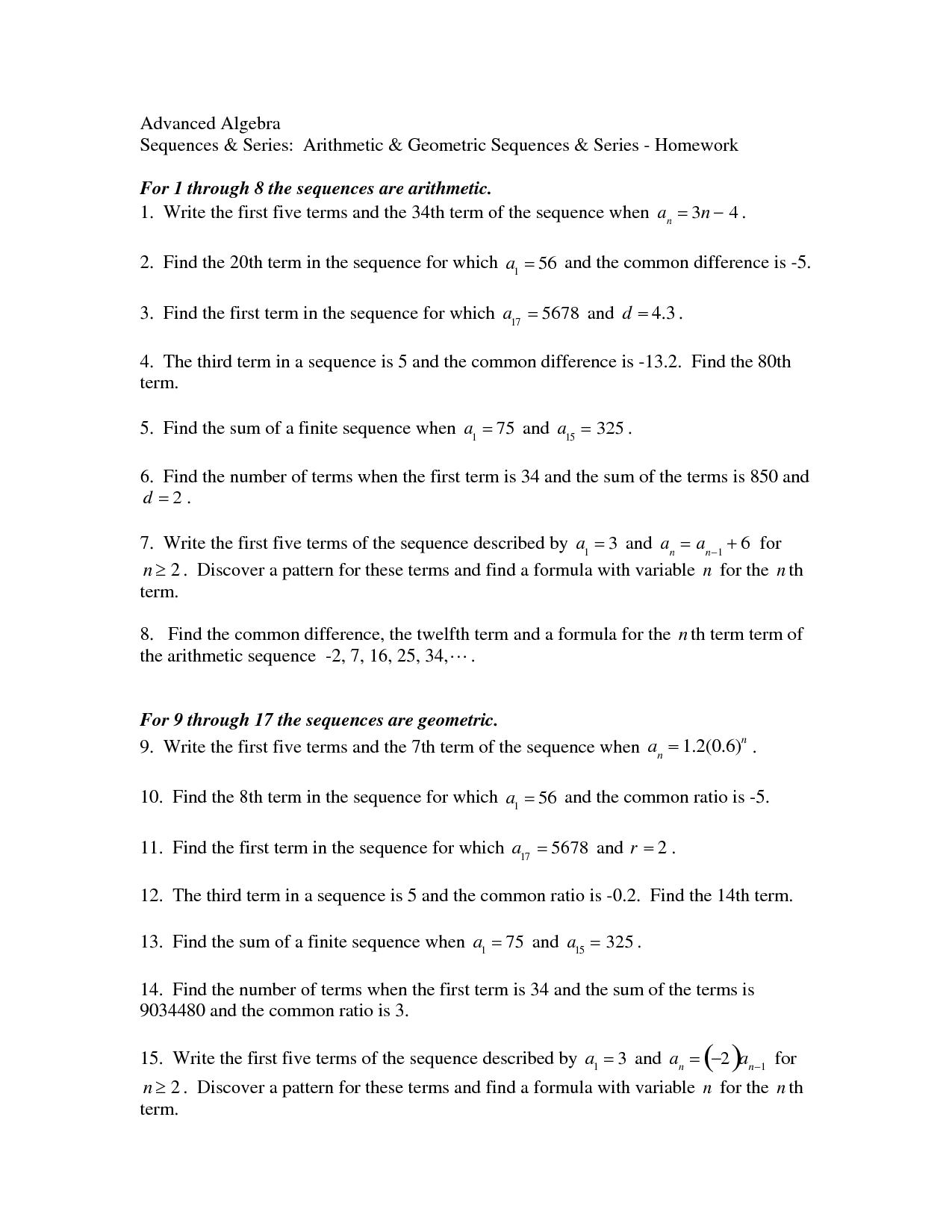
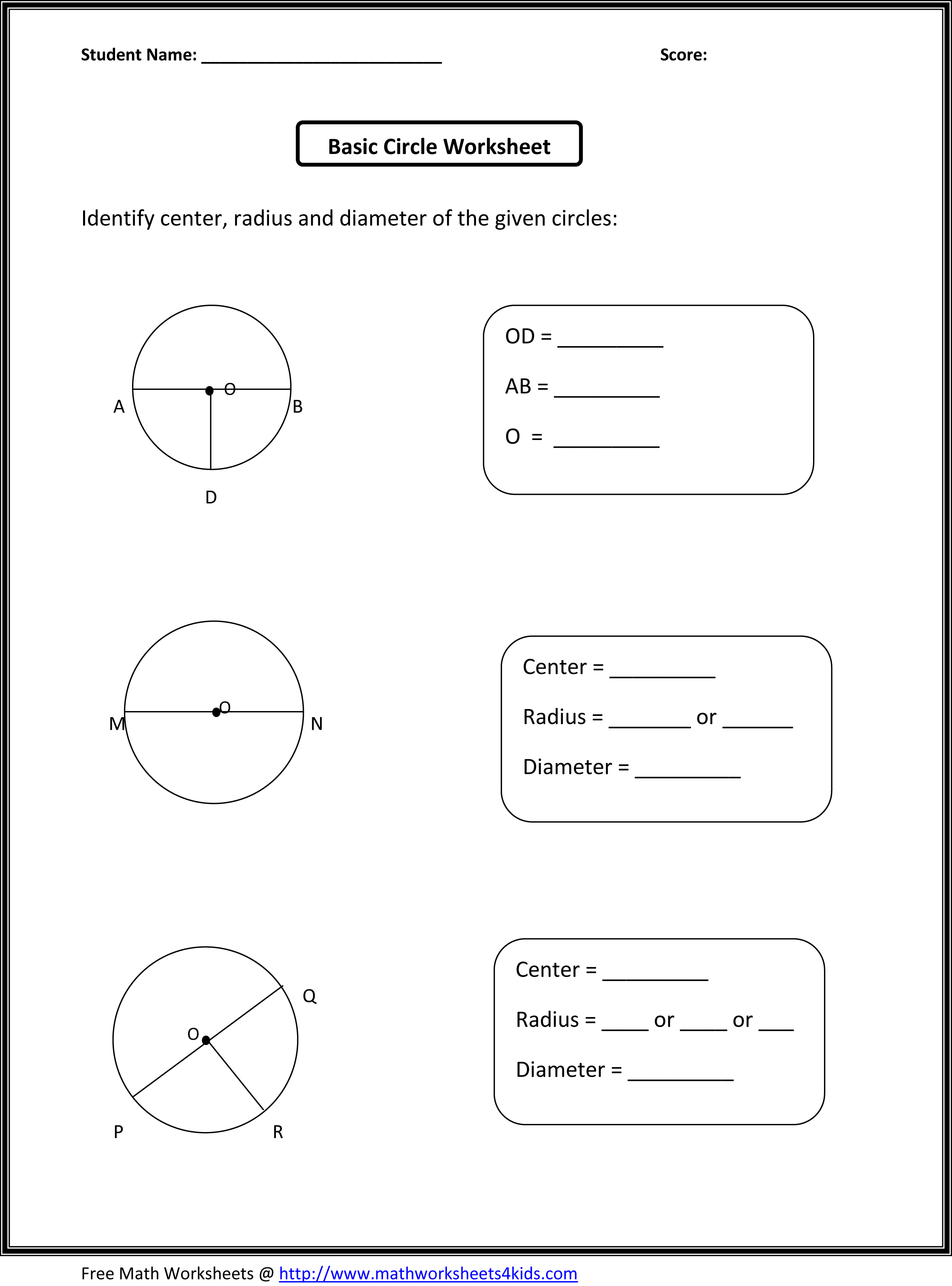

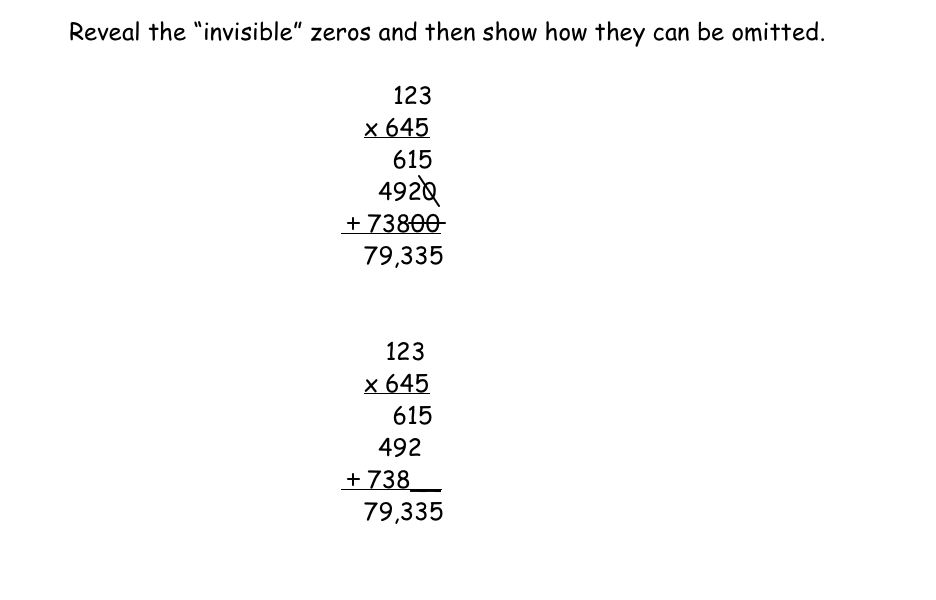

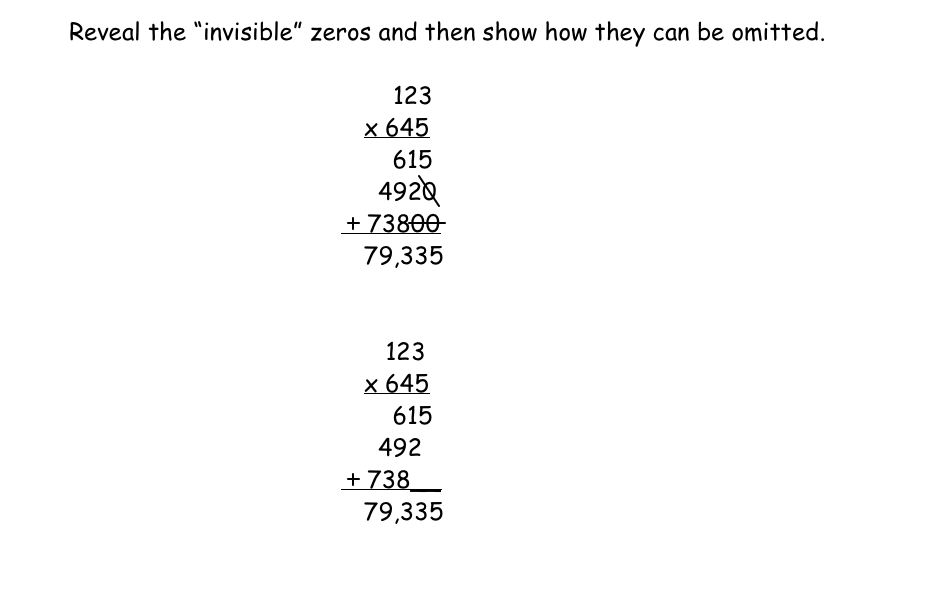
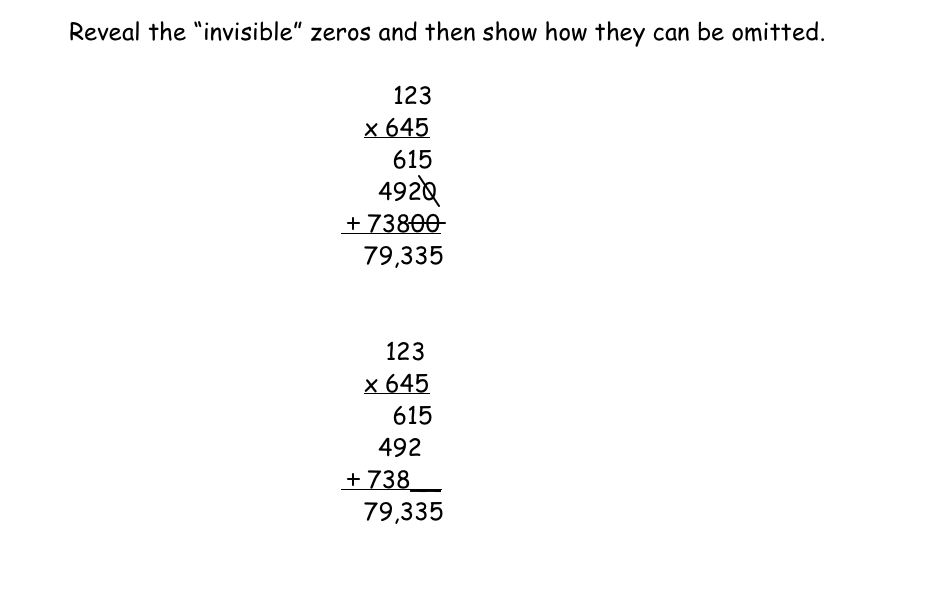
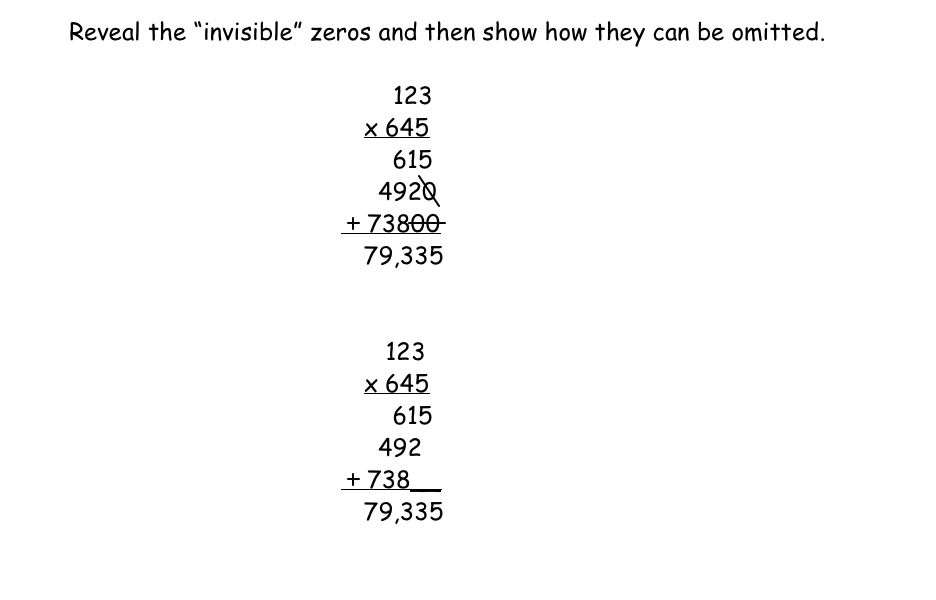
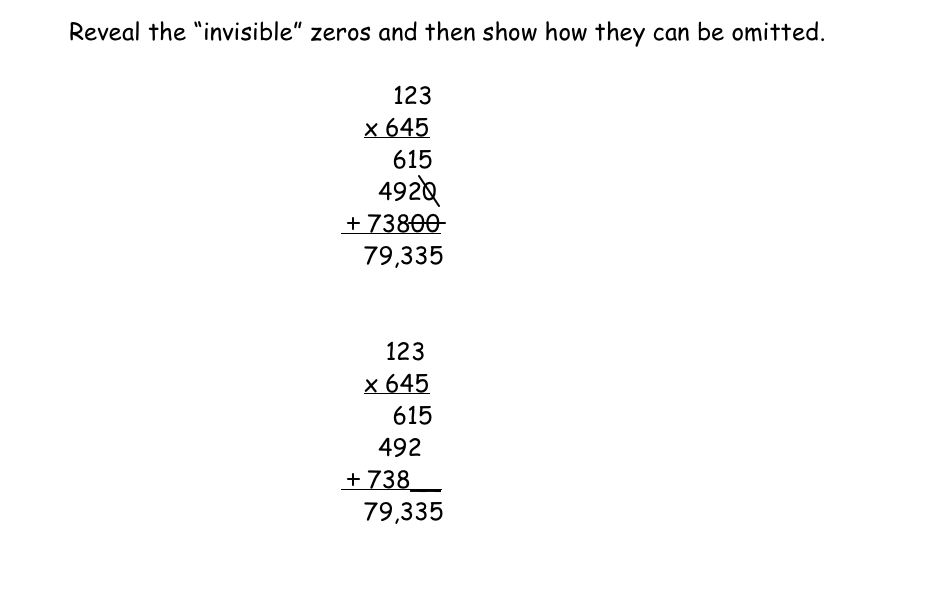
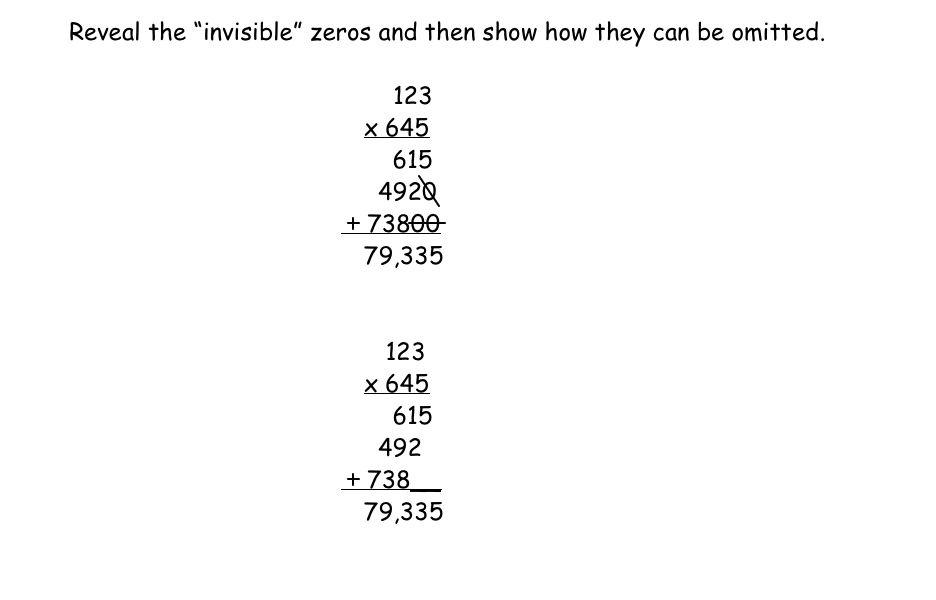
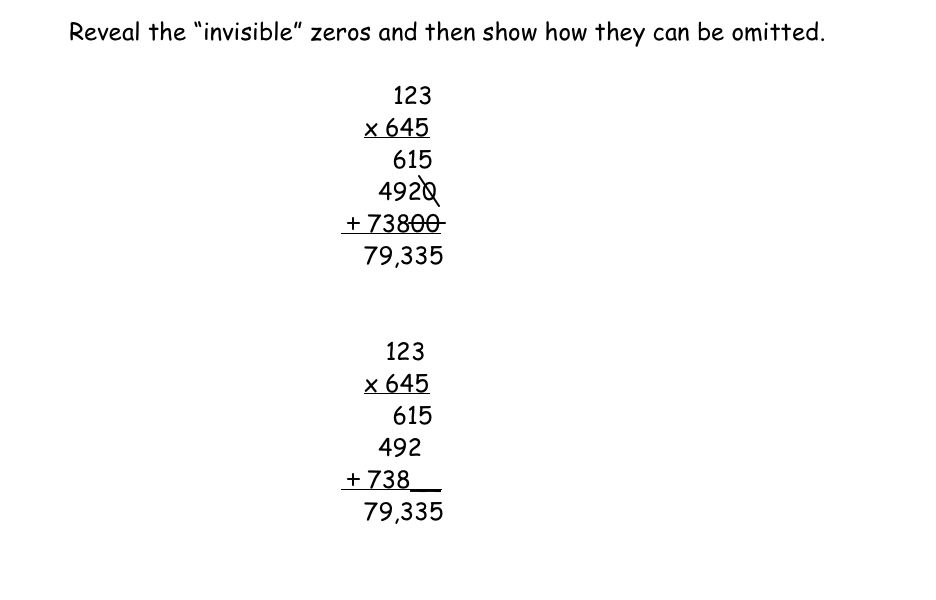
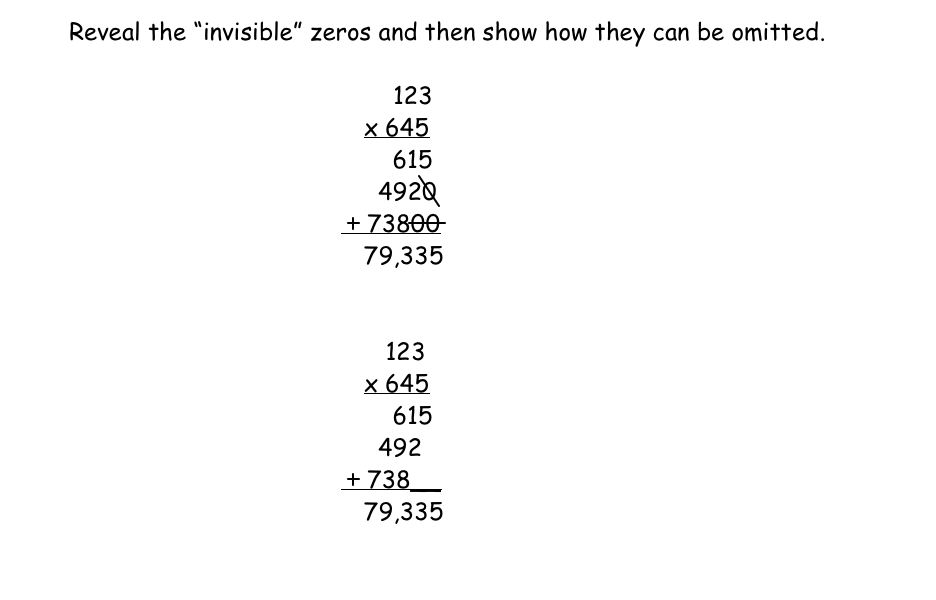
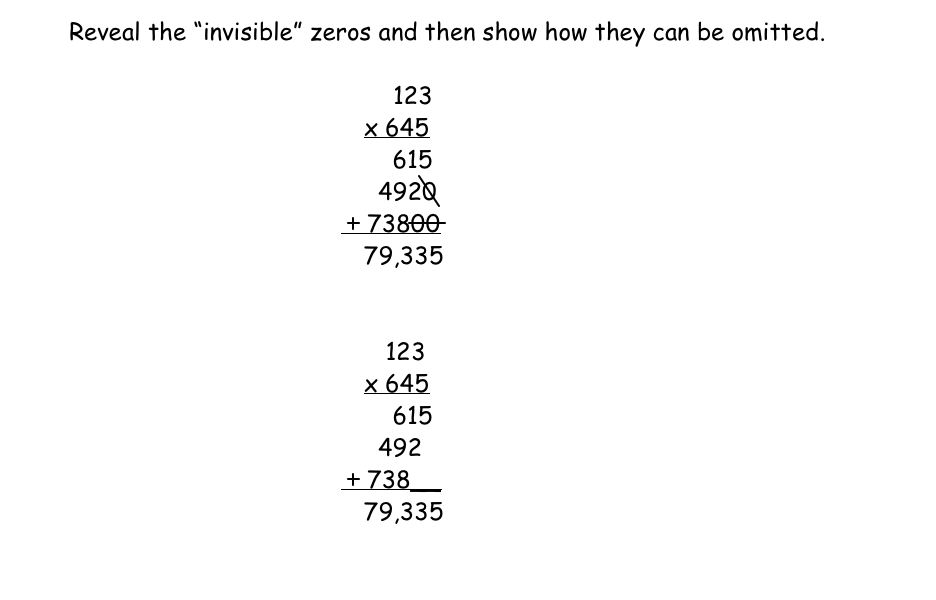














Comments